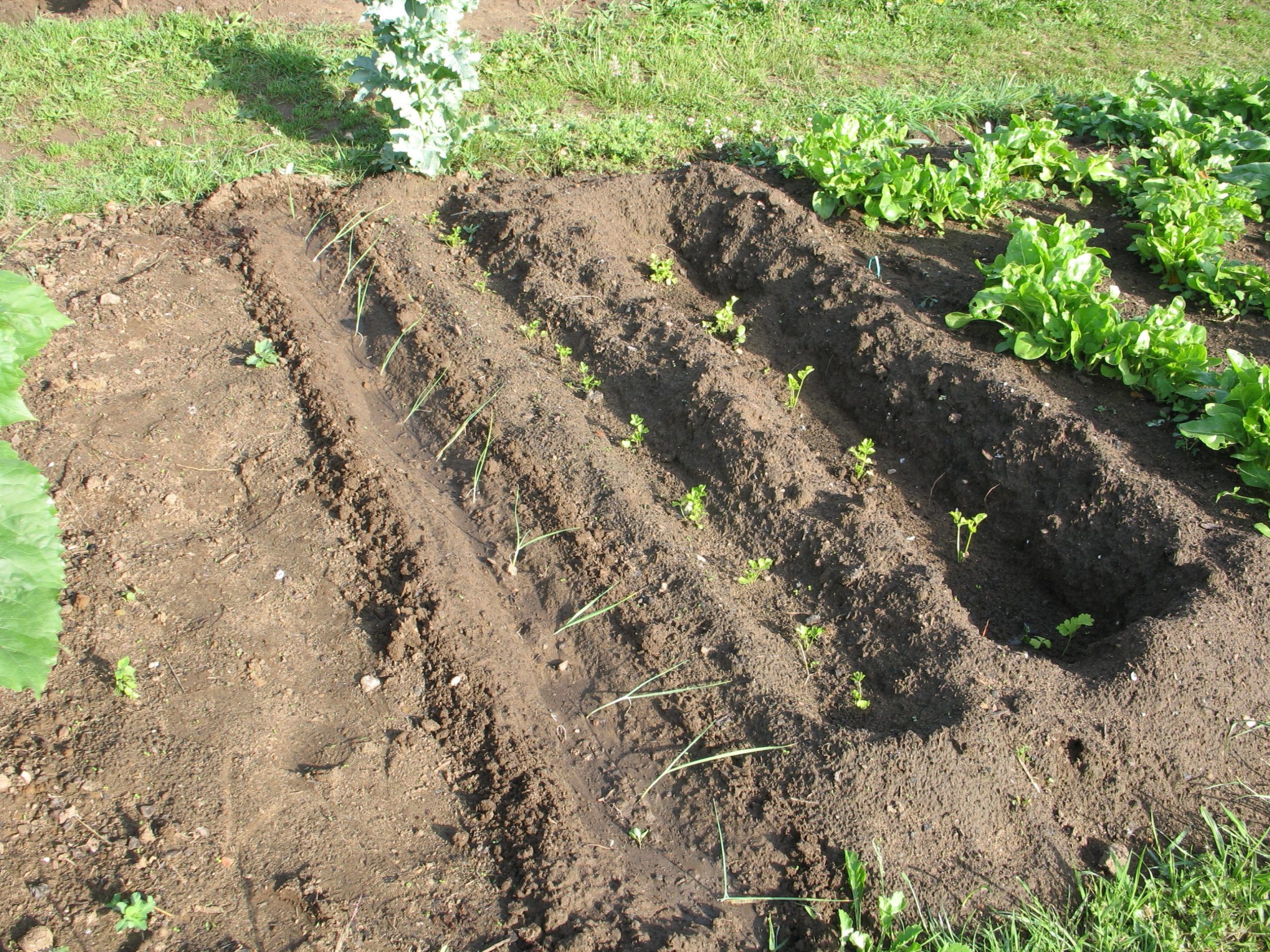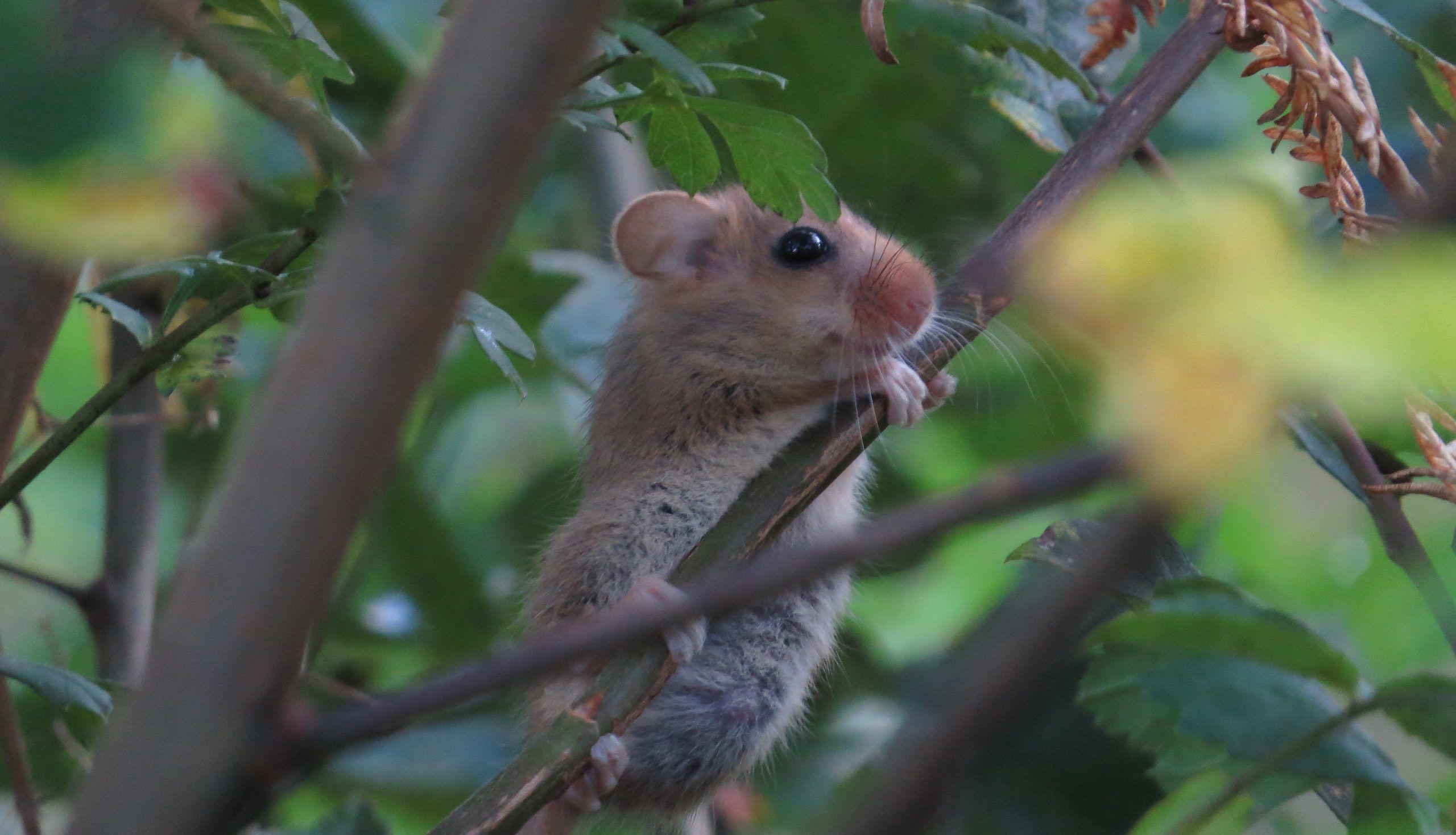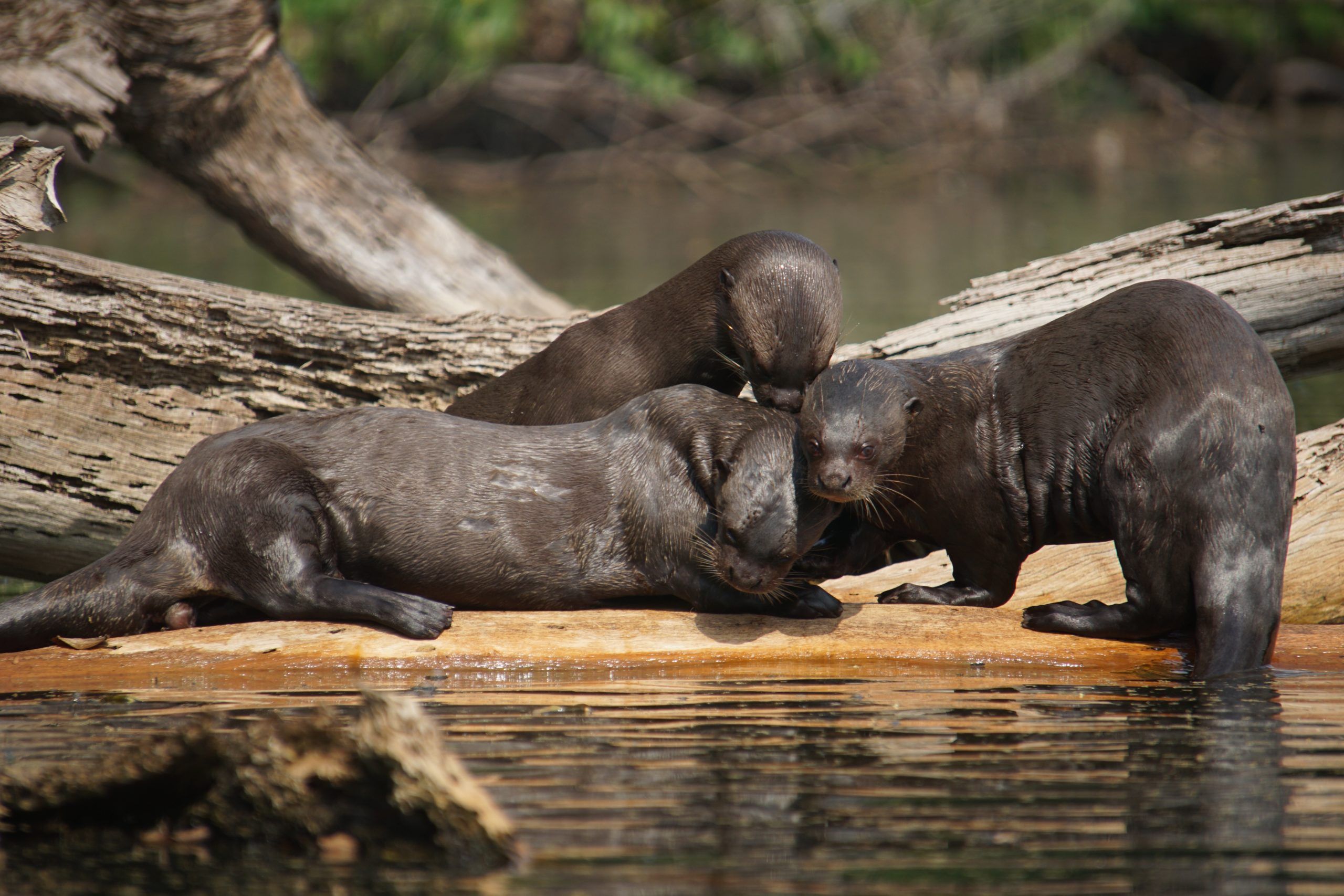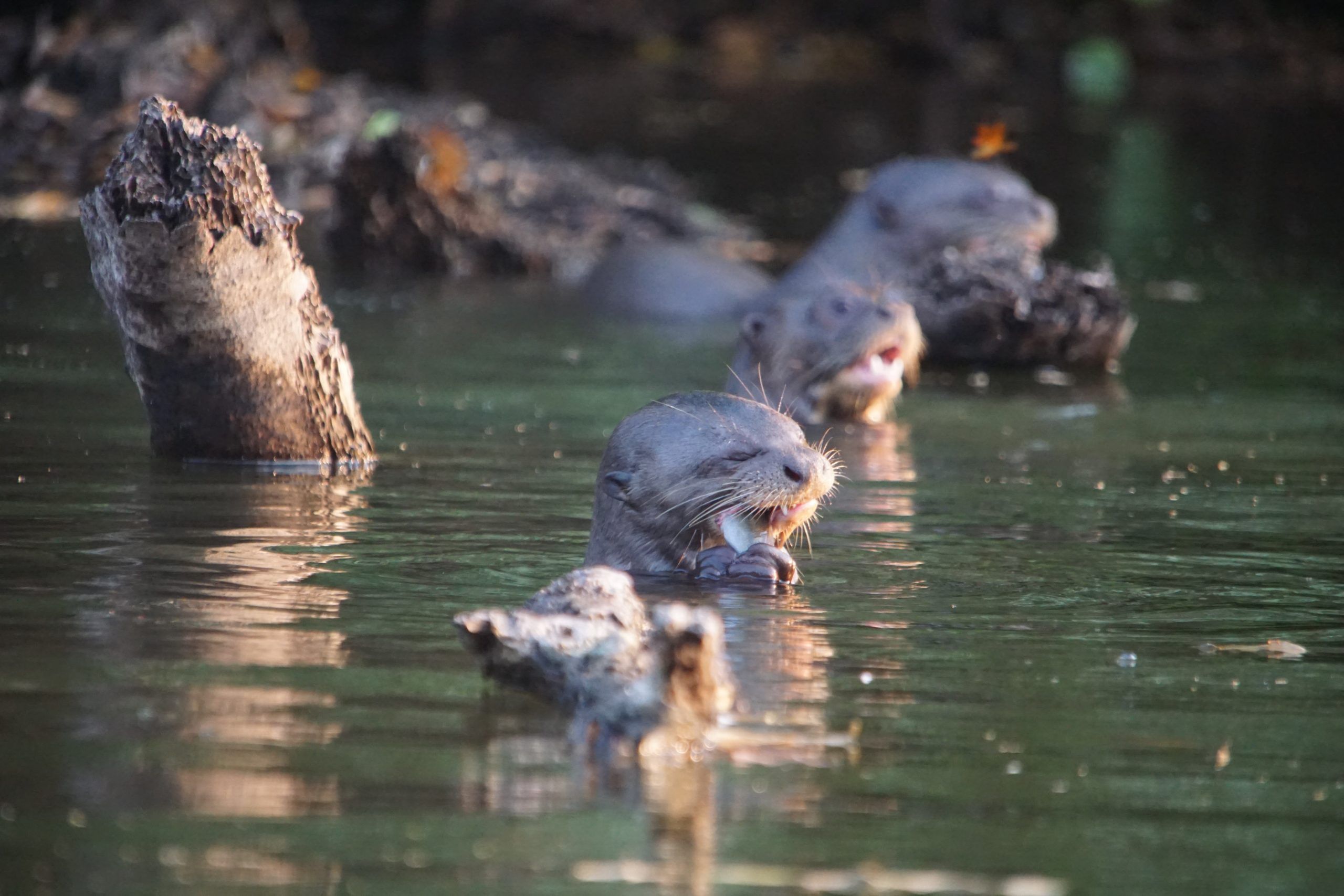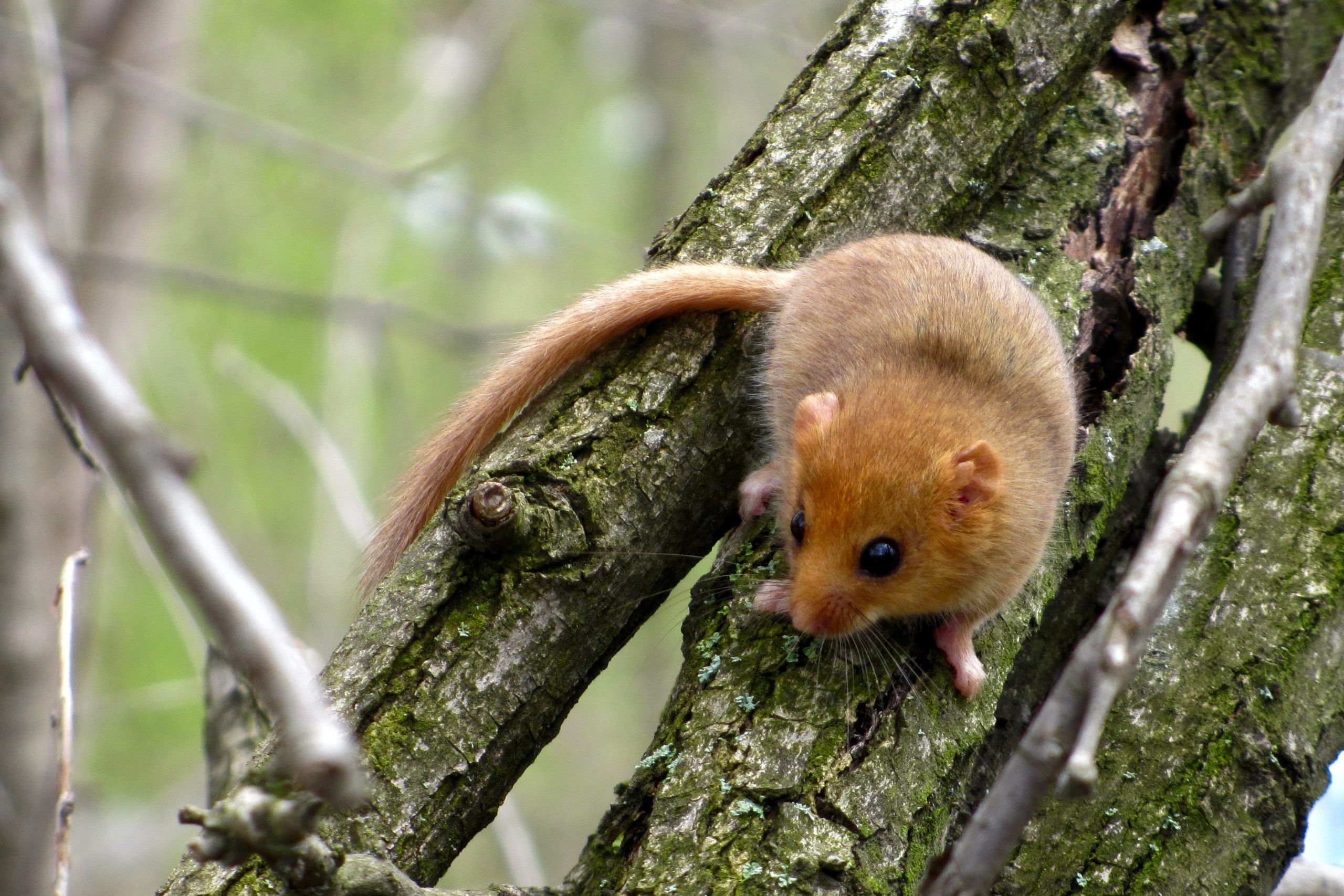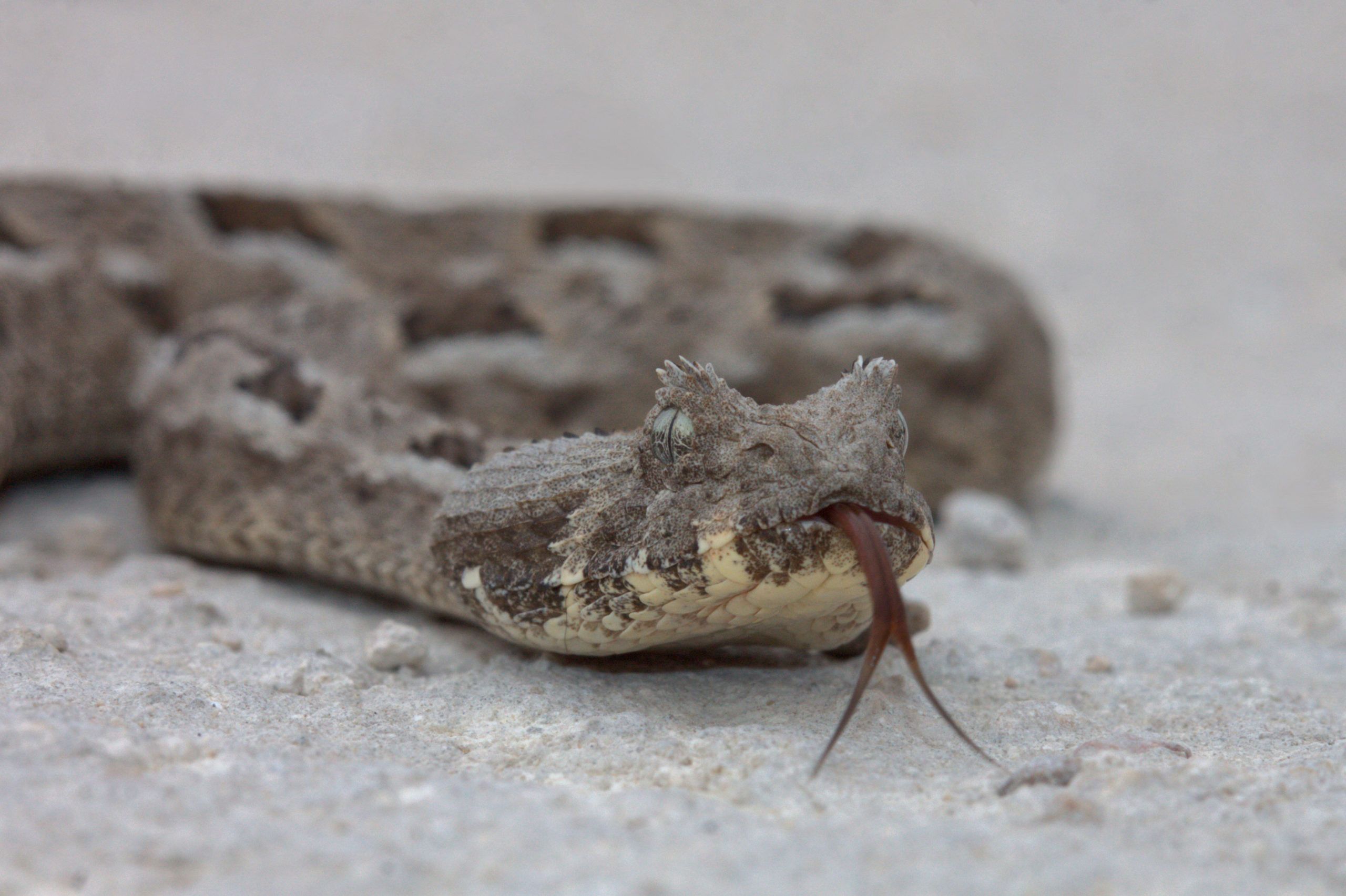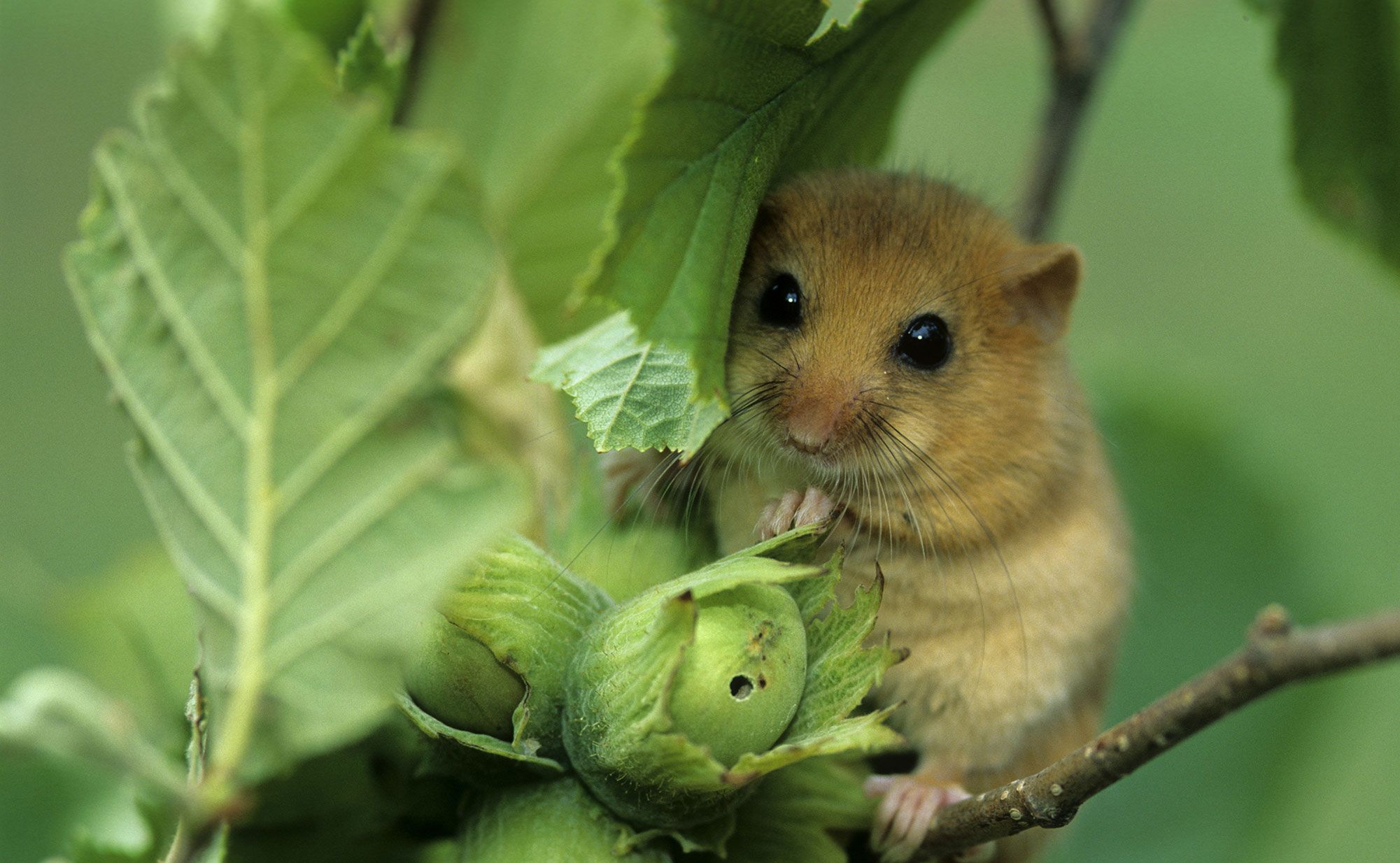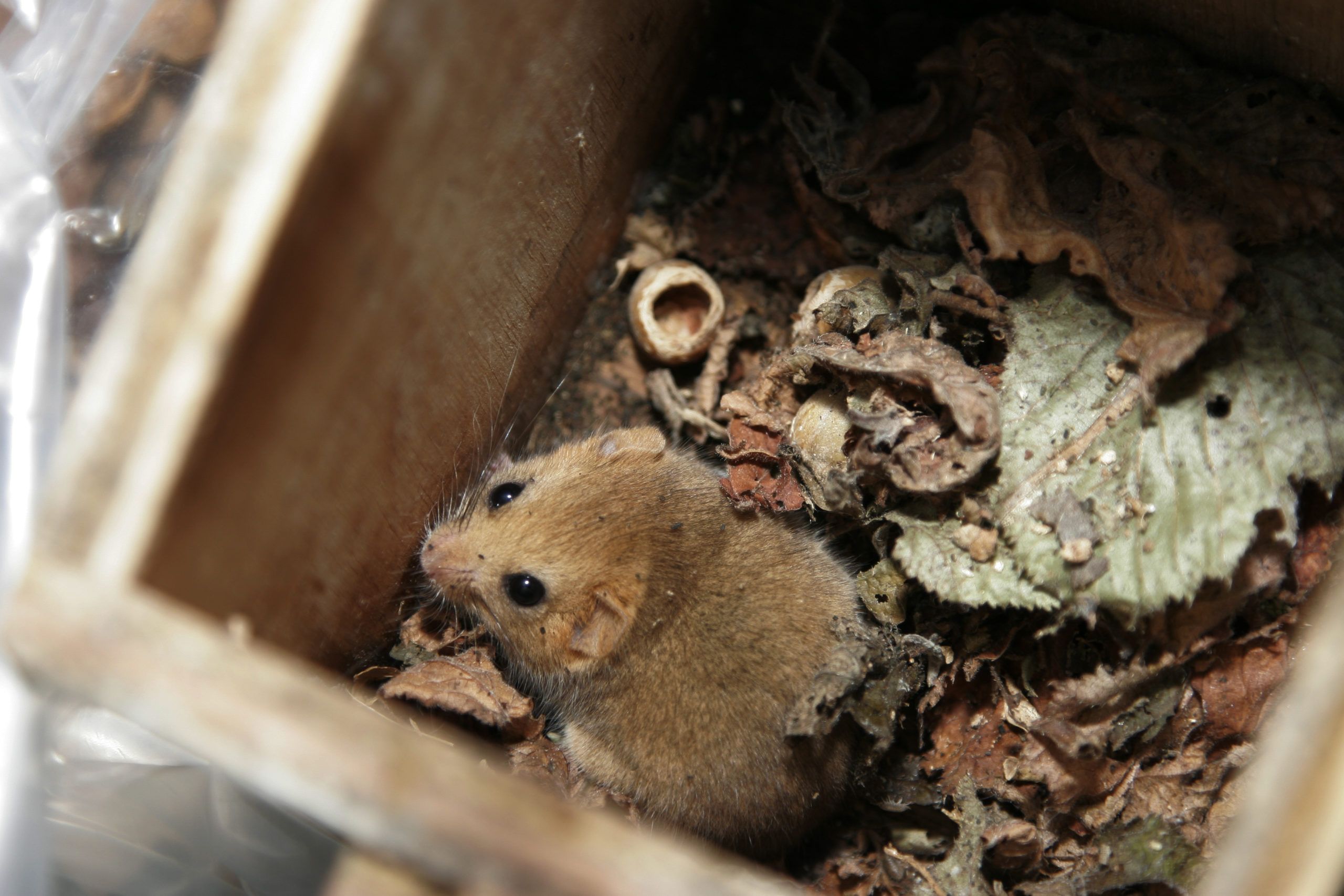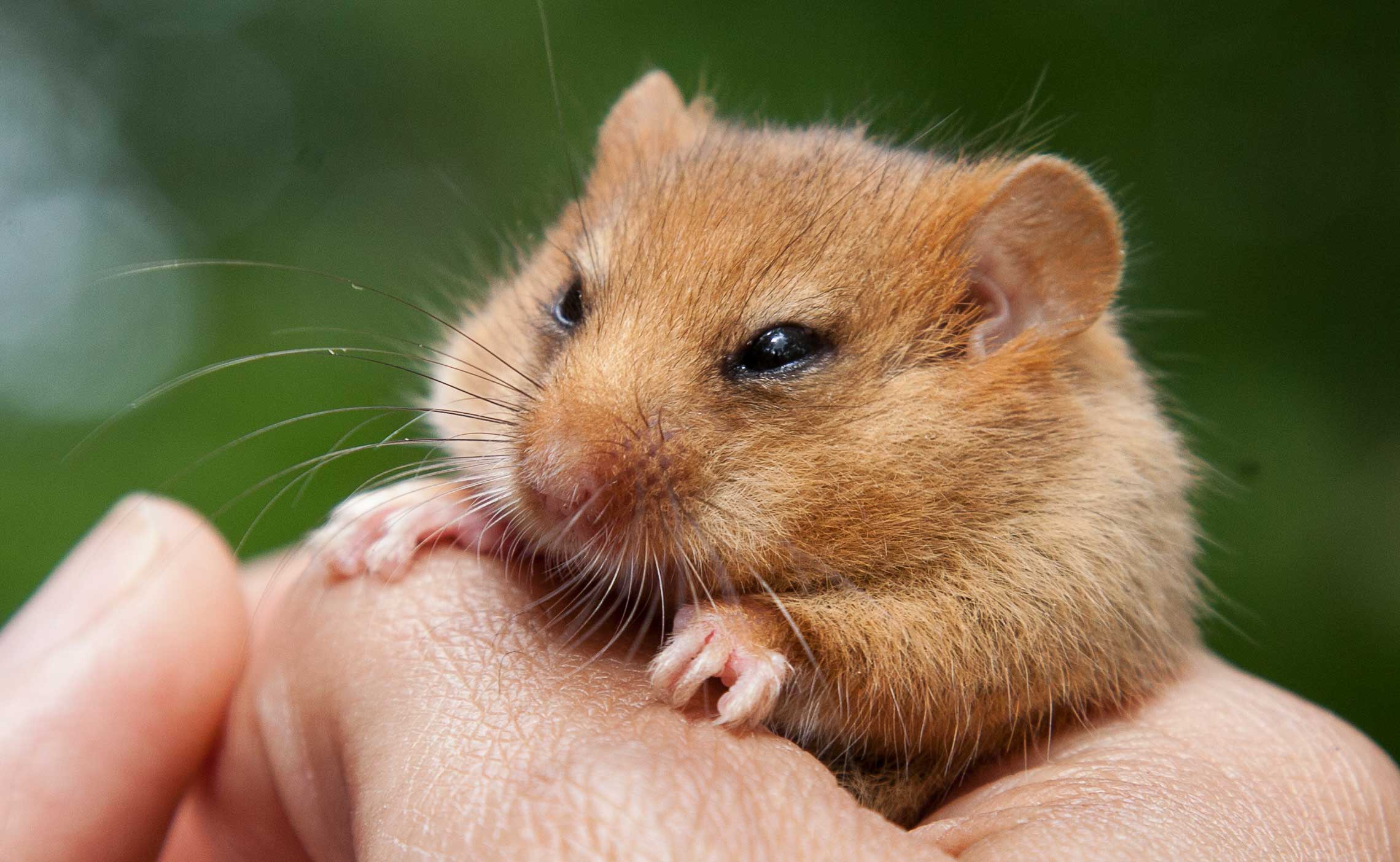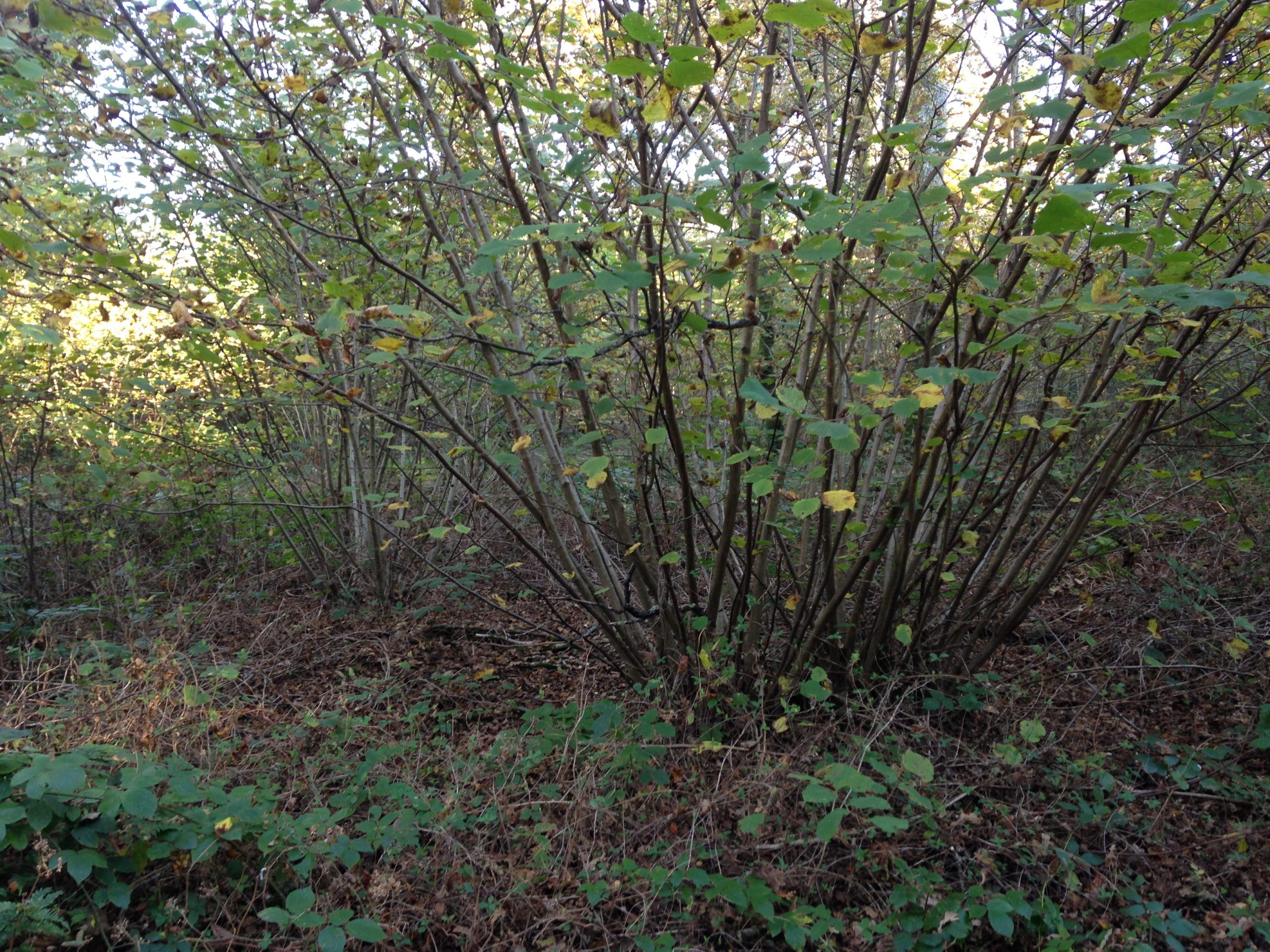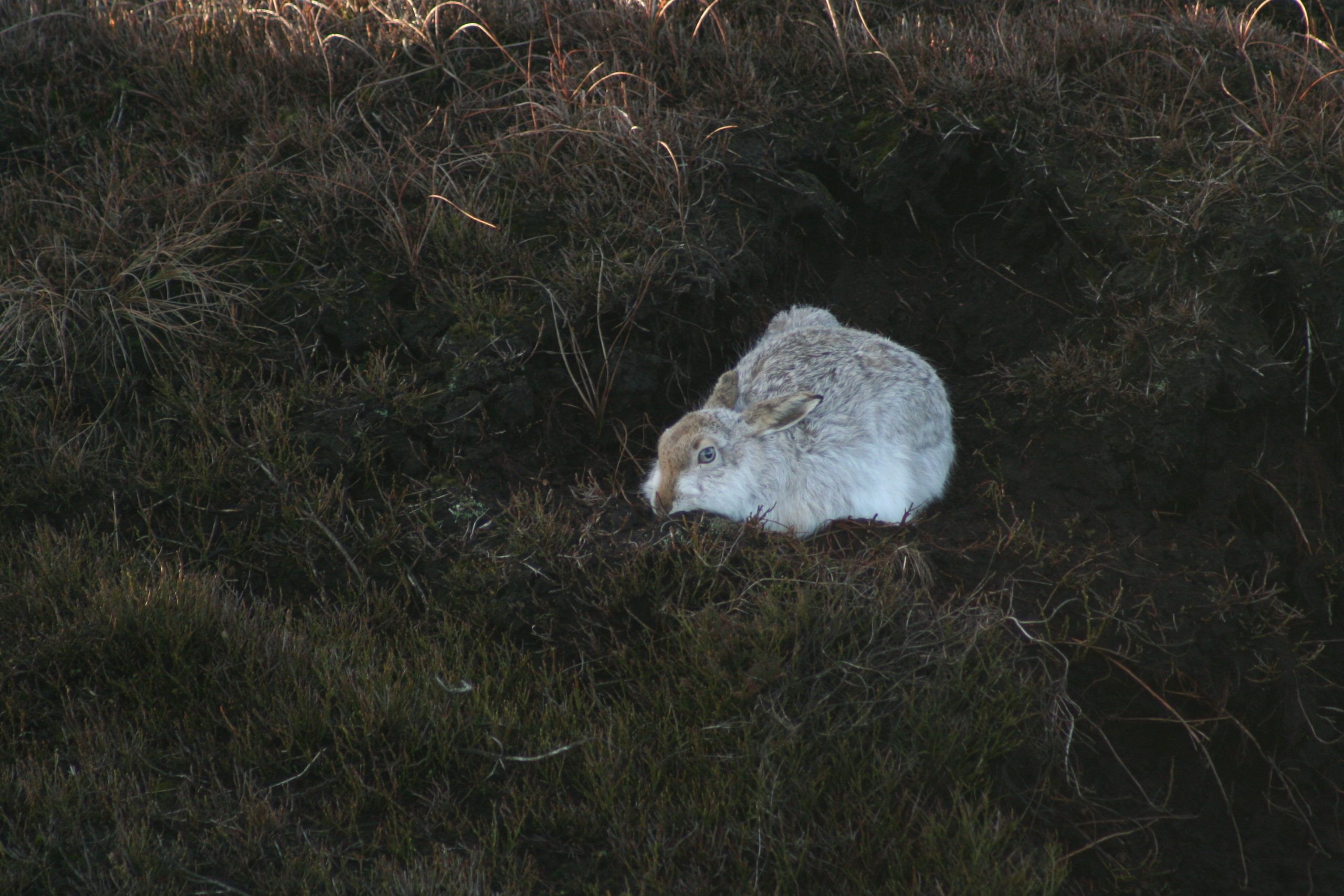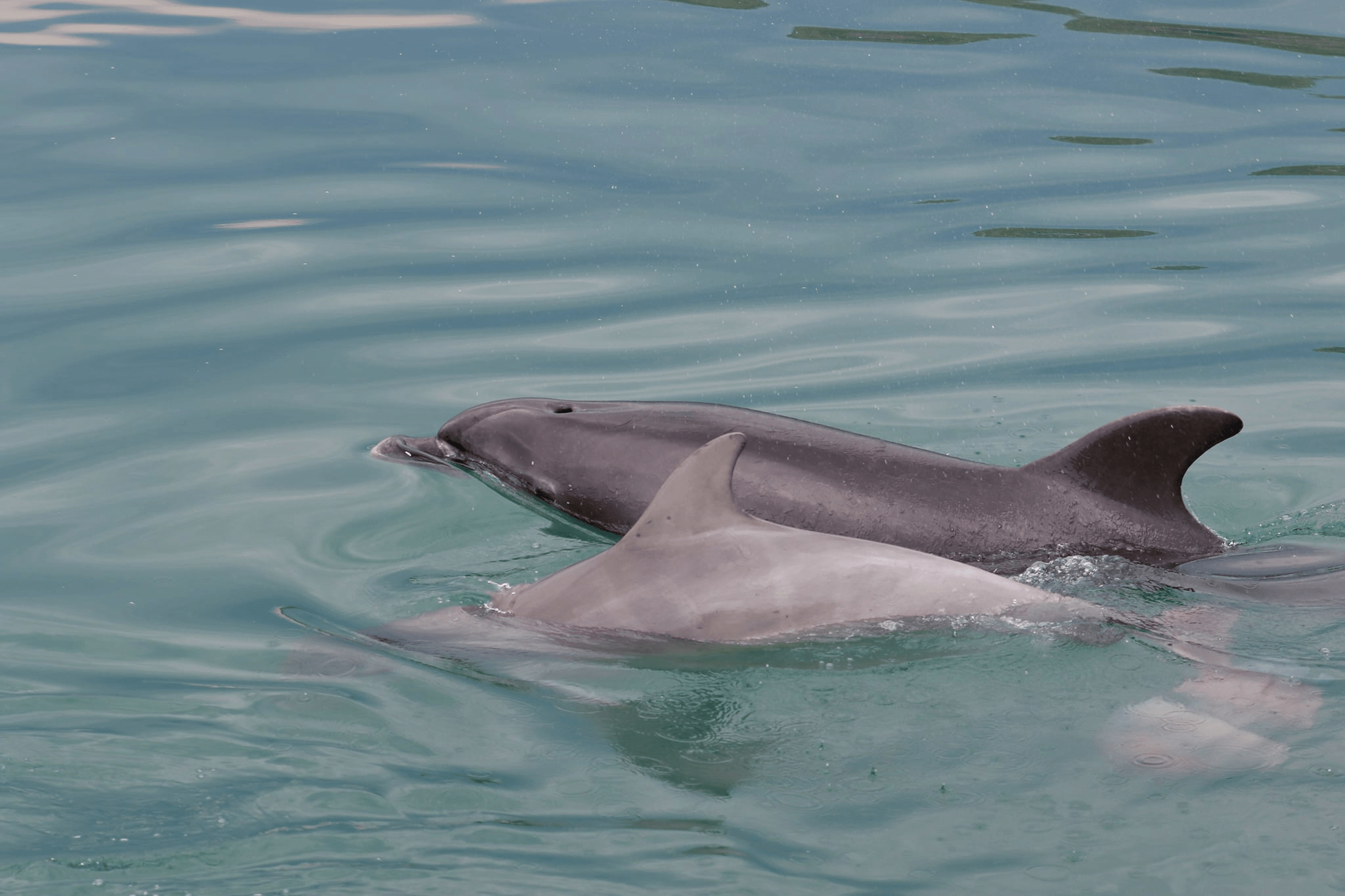Peat extraction is devastating for biodiversity and the climate If you have ever owned a house plant or planted something in a garden, it was almost certainly grown in a peat-based product. Despite understanding for decades the damage that peat extraction is doing to both biodiversity and the climate, industry-led voluntary efforts have failed to …
Read article...An encounter with a dormouse During a recent trip to one of our Nottinghamshire dormouse woodlands I happened to stumble upon another wild dormouse nest. It was hidden amongst a patch of bramble and rose scrub that was winding its way up a hawthorn tree, on the edge of a young coppice compartment. The nest …
Read article...Human activities can influence animals in different ways. Some animal species can adapt to new environments by changing their behavior. Others don’t show such flexibility and aren’t as successful at adapting. The type of human activity which animals are exposed to is one of the main factors determining their behavioral responses. Tracking giant otters in …
Read article...Consequences of deforestation and mining Deep in the heart of the Amazon rainforest our Conservation Partner, Adi Barocas, is busy trying to understand how gold mining is impacting one of the jungle’s largest predators: the giant otter, or river wolf (‘lobos de rio’), as they are known locally. Artisanal small-scale mining, informal digging often carried …
Read article...Many animals exhibit similar patterns of behaviour throughout the year, whilst others dramatically change theirs with the changing seasons. Hazel dormice, which are usually reluctant to come to the ground during their active season, make a beeline for the forest floor when it’s time to hibernate. Searching for nests Those of us lucky to monitor …
Read article...Protecting wildlife and ensuring habitats flourish is critical in this time of a global biodiversity crisis. Unfortunately, we’re all too aware that many of our wild species are under threat. Human activities are having a huge impact on the natural world; and it urgently needs to stop. However, sometimes it’s not clear how best to …
Read article...Population trends and the NDMP Hazel dormouse numbers have been declining in England and Wales throughout the last century. As a result of this alarming trend, they’ve been listed as Vulnerable on the British Red List for Mammals. The Red List is a measure of how likely a species is to go extinct. It’s a …
Read article...Using dormouse records sent in to the National Dormouse Monitoring Programme, we’ve been creating a map showing suitable habitat for hazel dormice projected across England. We can then use this map to help work out the best places to release dormice or to identify areas where dormice are most likely to be found. Developing a …
Read article...Hazel dormice class licence CL10a, CL10b survey returns are due to be sent to Natural England from 4th January 2022. This year Natural England is introducing two changes which include new online forms and a £35 charge for continued registration (with exemptions for voluntary use for NDMP monitors). New online forms In October, Natural England introduced …
Read article...Coppicing is a widespread and traditional form of woodland management where trees or shrubs are repeatedly cut at the base, creating a coppice stool, and allowed to regrow, in order to provide a sustainable supply of wood. Layers of a wood If you think of a wood as having different vertical zones, at the bottom would …
Read article...This is a long read summarising my findings from five years studying mountain hares in the Peak District in the context of our changing climate. It’s a sobering thought that our changing climate is already impacting our mountain hares: super furry, white animals that are only found in the high hills of the Peaks and …
Read article...Our intern Claudia Afeltra is helping our cetaceans off the coast of Wales by putting together information about all individuals that have been spotted and photographed. Sometimes animals are seen enough to learn their stories. Claudia was excited to share the story of one of her dolphins, Tigger, who her team thought had died. Tigger …
Read article...Press and media
For all media enquiries please contact Jane Bevan or Adela Cragg at Firebird Public Relations on 01235 835297 or email ac@firebirdpr.co.uk.

